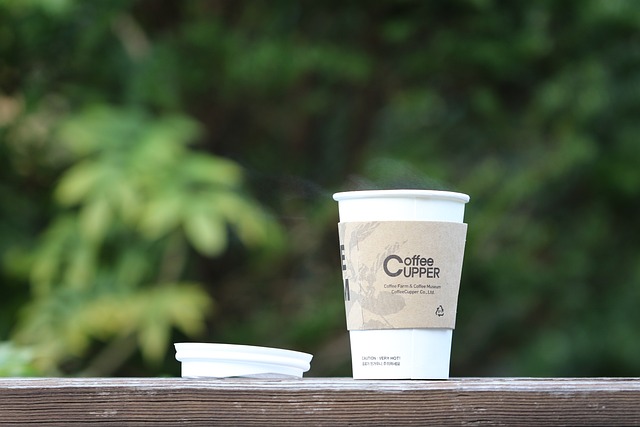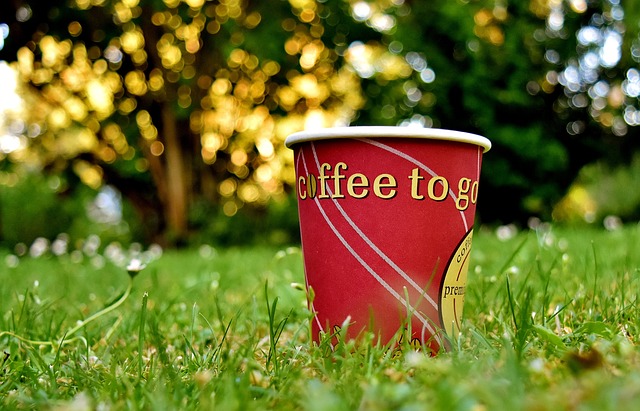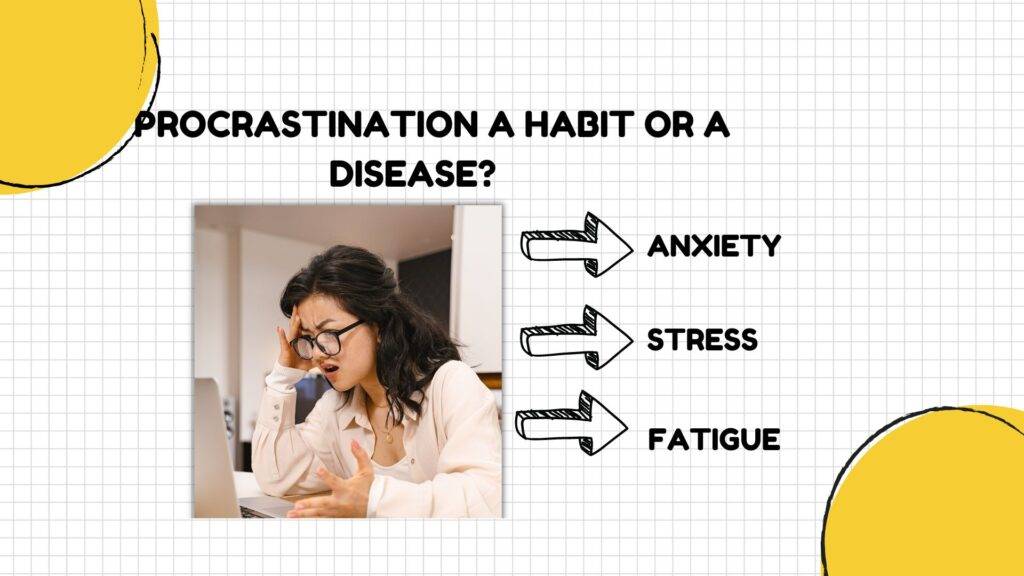Daily, 2,000 garbage trucks filled with plastic waste (single-use plastic bags, films, cups, and glasses) get dumped into the world’s oceans, lakes, and rivers. Thus causing plastic pollution and harming the environment. Plastics alter habitats and reduce the ecosystem’s capability to adapt to climate change. In a mission to save the Earth, everyone switched to biodegradable replacements, i.e., bamboo and paper essentials. However, recent experiments confirm that bamboo and paper cups are equally toxic as plastic. But how can that be possible? Let’s help you look into the scenario and get a clear overview of what the recent studies confirm. But before that, a thorough look into the hazards caused by plastic will help you with a more explicit understanding.
Plastic A Hazard
Plastic is produced from fossil fuels, and the entire extraction, transportation, and final reproduction roughly generates 200 million metric tons of carbon dioxide yearly. The most complex are the single-use disposable plastics – mostly used in food services and are hard to decompose. These break down into tiny pieces and mix up with the food chain. Thus contaminating every possible region.
Among all the chemicals and ingredients in plastic, the most problematic are the Phthalates, which make plastics durable and flexible. However, Phthalates are harmful to the human body. These can lead to side effects like insulin resistance, weight gain, and decreased sex hormones.

Looking at the environment, plastics are reported to be choking up the oceans. By 2050, more plastics will be in the ocean than animals. Also, if it continues like this, 99% of sea birds will have ingested plastics by the same year (2050).
As a solution, humans were getting ready to shift towards paper and bamboo alternatives until they found that bamboo and paper cups are equally toxic.
How Are Bamboo And Paper Cups Equally Toxic Like Plastic?
Plastics are a steady hazard to the environment and are present everywhere. Usually, people use plastics because they are durable, flexible, and cheap. However, these features of plastic have become the main reason of concern over time, and humans can no longer deal single-handedly.
Even a shift to bamboo and paper cups, couldn’t bring much of a change. That is because, bamboo and paper are not usually leakproof, and expecting plastic like durability from them added to their toxicity. The studies below thoroughly explain the statement, “bamboo and paper cups are equally toxic like plastic.”
Case Study 1
Researchers devised a simple experiment, leaving paper & plastic cups in water for a few weeks. The team focused on growing mosquitoes in the water. To an astonishment, they found that the growth of mosquitoes was negatively impacted by both the cups.

Looking deeper, it was established that paper is not water resistant and is treated with a surface coating. This plastic-based surface coating makes the cup suitable for coffee or other drinks. However, the polylactide (PLA) coating on the paper cup is necessarily bioplastic and non-biodegradable, even after being made from cassava, sugarcane, and corn – all renewable resources. Also, a deeper study reveals polylactide to be toxic to the environment.
The researchers clarified that bioplastics do not decompose when they come in contact with the environment. Instead, they will break down and continue to sustain among the food chain and water resources as microplastics. The effect continues to be similar to when single disposable plastics were used. As per Bethanie Carney Almroth (researcher), bioplastics have as many chemicals as conventional plastic and are similarly toxic.
Case Study 2
Another study confirms how researchers checked the chemical content across 39 straw brands. Many of which were paper or bamboo made. When the results were out, it reflected that 90% of the paper straws, 80% of bamboo straws, 75% of the plastic made, and 40% of the glass straws contain PFAS (poly- and perfluoroalkyl substances). These toxic substances are called forever chemicals and break down very slowly. For long, these continue to be there in the environment. Other chemicals like TFA (Trifluoroacetic acid) and TFMS (trifluoromethanesulfonic) are also found.

The researchers detected that the PFAS inside the straws came from the plastic coating used to make them waterproof. The PFAS level is quite low, but continuous exposure can harm the human body because these break down slowly. As a steady alternative, one can use steel straws.
International Agreements To Reduce Plastic Use
The UN, along with other environmentally aware countries all around the globe, is trying to come up with an agreement. The focus is to save the world from plastic-related hazards. Also, a group known as SCEPT (Scientists Coalition for an Effective Plastics Treaty) contributes by keeping a tab on all the mitigations taken.
The members want plastic producers to be more transparent about the chemicals used in the process. Also, their main aim is to cap the total production of plastic and work towards a safe environment.
It has been many years since we have been using plastic. So, eventually, the effect will not go away in one day. A gradual and organized mitigation process will only help to develop a fixed alternative to plastic.



